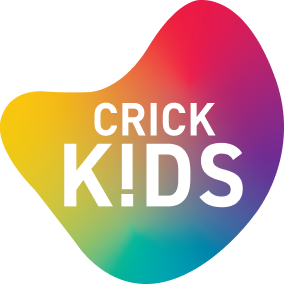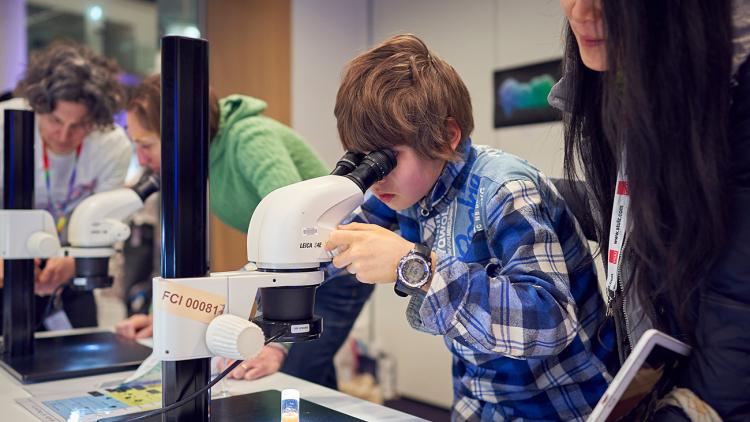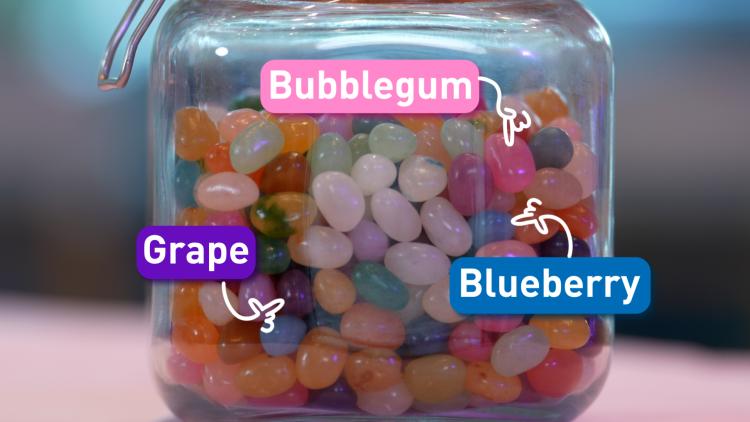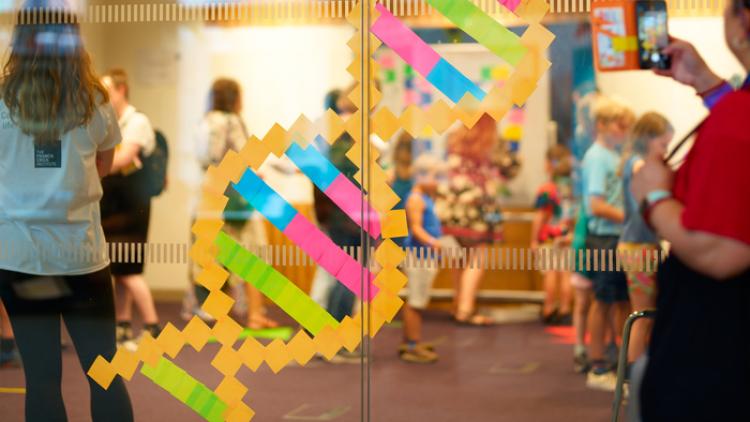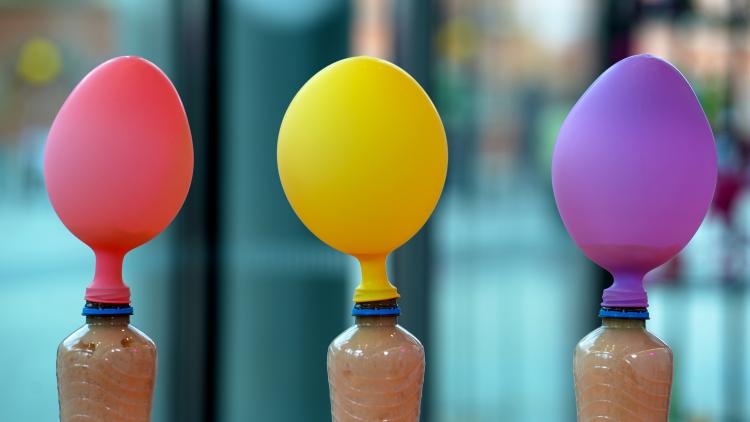Train AI with me
This activity will take 10 minutes, is for ages 7 to 10 with no supervision needed.
'AI’ is how we describe computers doing things that our brains normally do. This normally means things like problem solving or spotting patterns.
But it can also mean things like writing, drawing, or even YouTube recommending a video to you after knowing what you’ve watched before.
Teaching AI
We also use AI here at the Crick to help us understand data from our experiments. AI helps us to find patterns in our experiment results more quickly than people could. Before AI can start helping you by solving problems or spotting patterns, it needs to be told what to look for.
Imagine that you want an AI to look at pictures of trees and count the number of leaves. First, you would need to teach it what a leaf looks like.
This means showing it thousands of pictures of different leaves from different angles so it can learn how to recognise each leaf.
AI at the Crick
This is a bit like a project that we’re doing at the Crick. Scientists use powerful microscopes to take pictures of cells. Once they’ve taken the pictures, they need to label the parts inside the cells.
But this is a really long and boring job for a person. Someone needs to draw around the different parts of the cell in hundreds of different pictures.
AI can help with labelling the different parts of the cells. But it needs people to teach it what the parts of cells look like.
Our scientists put their pictures of cells on a website and asked people to draw around the parts of the cells. This information was used to teach the AI how to recognise the different parts.
The AI is now almost as good as a scientist at spotting the different parts of cells. Not bad for a computer!
